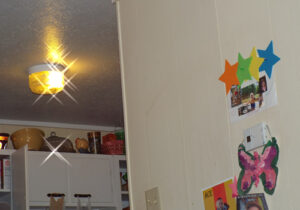My Fujifilm Finepix S8200
With Kodak out of the digital camera business, my 2013 camera purchase has not come easy. After several weeks debate, I decided to try the Fujifilm Finepix s8300. Unfortunately, despite being in the US, I cannot find the superior S8300 for sale anywhere! So I settled for the Fujifilm Finepix S8200, which is almost identical other than a little less zoom. (40x vs 42x)
I have long heard that Fuji, Nikon, and Canon are the superior camera makers. So will the Fujifilm Finepix S8200 live up to my expectations?
 Overall Quality – A little disappointing
Overall Quality – A little disappointing
Don’t get me wrong. In the 48 hours since I got this camera, I have taken some really good pictures that I will be proud of for years. But most have been sub-par. Using auto settings, I have several shots with the brights blown out. Low-light performance has been disappointing to say the least. And there have been several shots where I thought the lighting and distance were good, but somehow it came out blurry or overly-compressed looking.
Then again, I also have some wonderful shots taken under pretty much the same conditions. So hopefully most of this disappointment is a learning curve that I will be able to adjust to quickly.
P.S. This camera comes with the quality level set on a default of “Normal”. If you care more about quality than speed and image size, you should switch this to “Fine”.
Menus – Nice but a little fast
The menus of a Fujifilm camera are set up a little different from what I got used to with Kodak. Some things are a bit harder to get to / switch, like if you want to go from sunset to landscape to flower to document. But I think that I will like it once I become more familiar with the layout. In the meantime, I find it frustrating that before I have figured out what is going on, the camera assumes I am done and closes the menu.
Adv. – Advanced Filters 🙂
Advanced filters are where the fun comes in! This is where you will find special effects like Toy camera, Pop color, Cross screen, and Partial color. The Adv. setting is also where you turn the knob for low-light photography (of still subjects), HDR, to shoot 2 shots – one without the flash and one with, and 3D!

Cross Screen filter adds to highlighted areas.
